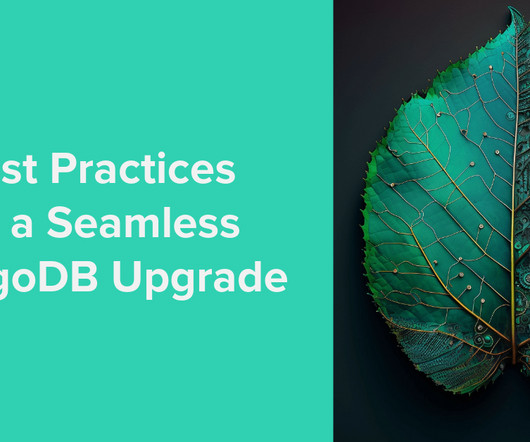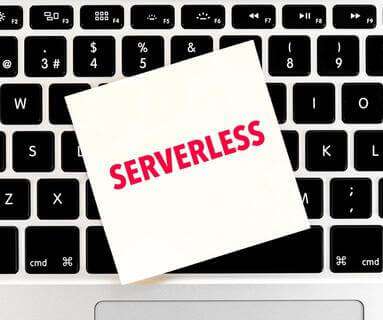How to Optimize CPU Performance Through Isolation and System Tuning
DZone
MAY 1, 2023
CPU isolation and efficient system management are critical for any application which requires low-latency and high-performance computing. To achieve this level of performance, such systems require dedicated CPU cores that are free from interruptions by other processes, together with wider system tuning.































Let's personalize your content